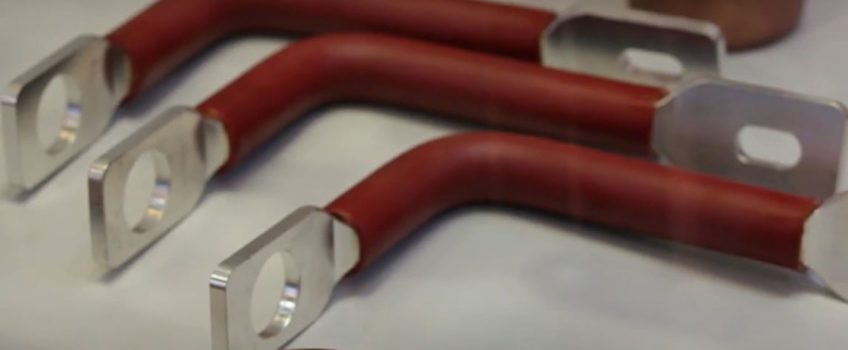
Even though copper is the most popular choice for use in busbars, and used very often in other electrical applications because it is more resistant to rust and corrosion than other metals, this doesn’t mean that it won’t oxidize over time.
When metals oxidize, the resistance in the conductive metal will increase, requiring more power to be used to carry current along the surface. When the copper oxidizes beyond a certain point, the metal can begin to flake and fall apart.
Many metals are plated in order to help them retain their positive qualities and attributes. When it comes to copper bus bars, plating is an important factor in longevity as well as maintaining the integrity of the conductive surface. When copper bus bars are not plated, over time the surface will oxidise. When that occurs, then more power is required to push electricity along the surface because the oxidised surface simply doesn’t conduct as well as a smooth, plated surface.
Plating, using tin or silver acts as a coating over the surface of the copper, helps to protect the copper from oxidising. While this will not completely prevent oxidising over a long period of time, it will dramatically reduce the effects of such oxidisation. The reason why tin and silver is commonly used in the plating technique for copper is that both metals are considered soft metals, easier to work with when plating, and more importantly they don’t offer a great deal of resistance to electrical conductivity.
Which is better? Tin or Silver?
Throughout the industry there are different thoughts about which metal is better for plating copper, tin or silver. 10 microns of tin will out perform 1 micron of silver. With the price of silver climbing, tin becomes more economical, even though ten times the amount of tin will be required to do the same job.
When using silver to plate copper bus bars, a minimum of 3 microns should be used, and preferable 6 microns. On top of that, an anti-tarnish would need to be applied as well to protect the finish. In most fixed bus bar applications, tin is recommended. Silver should be used for moving bus bar parts in which arcing may be a concern.
For both tin and silver plating, anti-tarnish is important to keep the surface clean and conductive. When working with copper bus bars, plating is essential not only for longevity, but also integrity and safety.
PRV Engineering are experts in precision Busbar manufacturing. Watch our Managing Director Simon Jones discuss our methodology when manufacturing busbars for our wide range of clients –
To see how PRV Engineering can help you with your Busbar needs please follow this link or of course ask a question in the comments below.
This site uses Akismet to reduce spam. Learn how your comment data is processed.


 Mail:
Mail: 




Leave a Comments